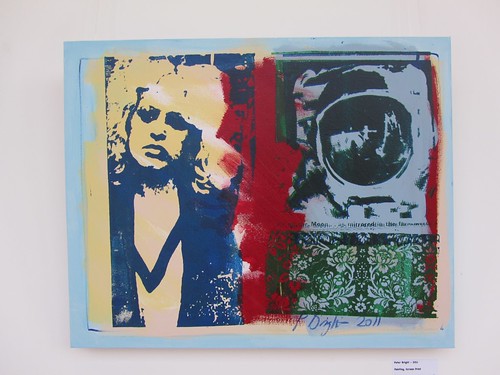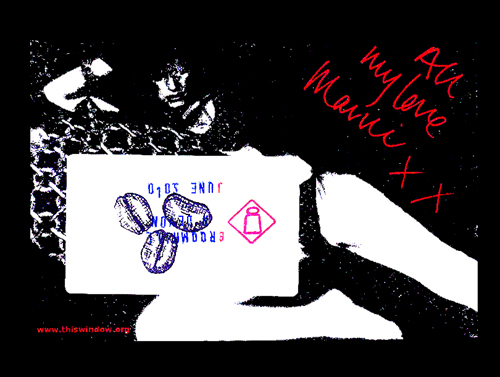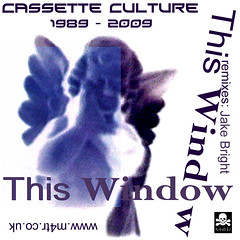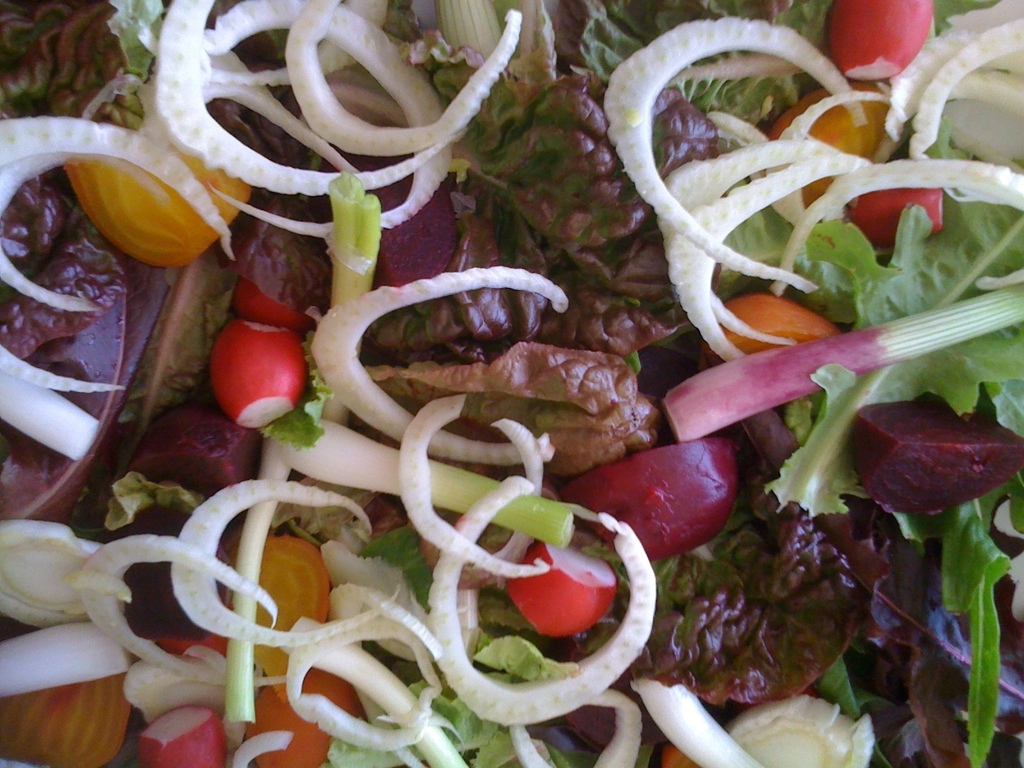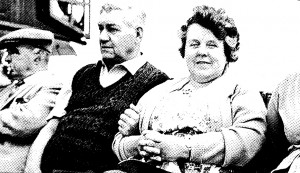 Here is another recycled postcard of my grandparents originally used in 1999 as a promo for inmemoryof.co.uk.
Here is another recycled postcard of my grandparents originally used in 1999 as a promo for inmemoryof.co.uk.
TEXT BELOW FROM SITE
Sam Bright, was what you would call a real character. He couldn’t wait for the moment to tell a story or crack a joke. A soldier, a coalminer, a chef at Blackpool Casino, a fish and chip shop owner, a shopkeeper, a pallbearer, these were a few of his careers.
During the First World War he found himself as a cook, responsible for the well being of his comrades. The meagre rations that the army supplied needed supplementing by scavenging. Often he went on ‘raiding parties’, sneaking into French farms, pilfering this and that. He once found himself in a Frenchman’s dovecote. This was nearly his final mission. The farmer gave chase and then levelled his loaded rifle at him. He wasn’t really proud of his thieving but as he explained, it was war and his mates were hungry. One of his most poignant tales was about a march to the ‘front’. In the hedgerow Sam spotted a ham bone which had a bit of meat left on it. They got to the frontline and as the history books tell us conditions were appalling and the rations were low. Sam remembered the ham bone, and on the march back retrieved it from the hedge to use in the next stew.
Trench warfare lost him many friends and the sight of an eye. He spotted a German sniper who unfortunately spotted him. He was wounded and his commanding officer suggested that he remained at his post to give his comrades a better chance to fallback, promising his family a medal for his sacrifice. I’m not sure what he said but he was invalided out of service and was treated at Guys Hospital in London, where they patched him up and cosmetically made a fine job. Apparently this damaged eye was assisted by a rabbit’s nerve.(?)
When Mary was in her teens she was aprenticed to a chemist in Sheffield, travelling by train every day from her home.
She was the woman behind the scenes in their grocer’s shop, where they were famous for their home made ‘ice lollies‘. People still remember them for their delicious treats, which they made from ‘Tizer‘ and other bottles of ‘pop’.
She was a ‘Spiritulist’ by conviction, with local business men and tradesmen alike knocking on her door for advice and guidance, and her ‘messages’ influenced deals and life changes all around her. The respect she had was far larger than her diminutive size.
Related articles
- David Hockney’s new exhibition at Salt’s Mill (gerryco23.wordpress.com)
- Recycled postcard (thiswindow.org)
- Art music (systemculture.com)
Whatever Happened to the Space Age
£57.17
Related articles
- Cassette Culture an art network (peterbright.info)
- Art_Rat (sitemaps-xml.com)
- Cassette Culture was an ART network (thiswindow.org)
- You need business ! (m4tr.co.uk)

